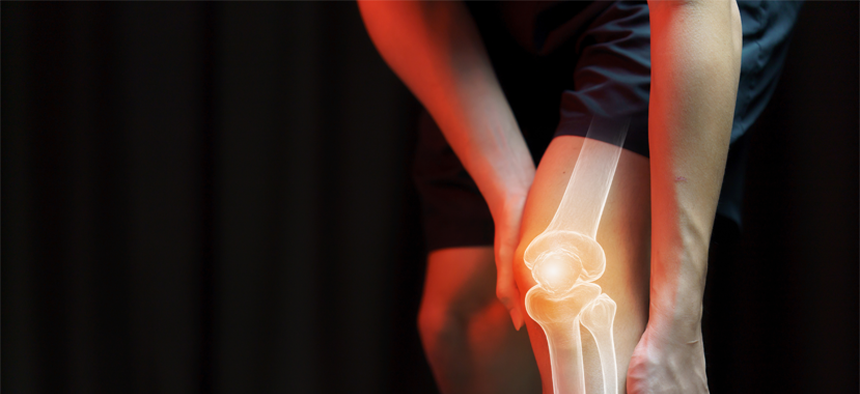Have Any Questions?
+91 77 9849 9977
Visit Us At
103, Shivom Regency, Baner Rd, Pune
+91 77 9849 9977
103, Shivom Regency, Baner Rd, Pune
Arthroscopy is a surgical procedure doctors use to look at, diagnose, and treat problems inside a joint. It’s a minor surgery and is done on an outpatient basis, which means you can go home the same day. Your doctor may recommend it if you have inflammation in a joint, have injured a joint, or have damaged a joint over time. You can have arthroscopy on any joint. Most often, it’s done on the knee, shoulder, elbow, ankle, hip, or wrist. During the procedure, your doctor will insert a tool called an arthroscope into your joint through several small cuts to see how much damage is in the joint. They can also repair many injuries during arthroscopy


You should be able to go home within a couple of hours after the procedure. You may need to:
Arthroscopy is a minimally invasive procedure. The procedure takes place through small incisions. Compared to an open surgery, the benefits include:
Arthroscopy is a relatively safe procedure. Potential complications include:
Most people recover faster after arthroscopy than an open surgery that requires large incisions. Still, a full recovery can take months. But, depending on the procedure, you may be able to return to work within a few days.
Your healthcare provider may recommend physical therapy (PT). PT can help speed recovery, strengthen muscles and prevent future injuries.

Mail Your Resume At : drpriyankaneuro13@gmail.com